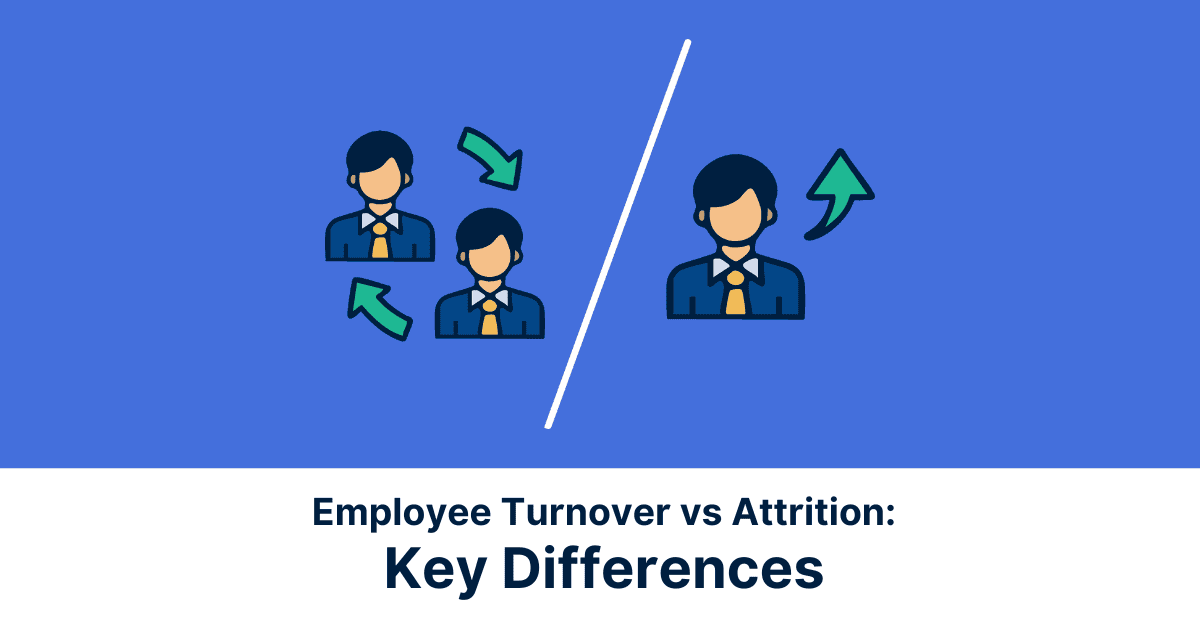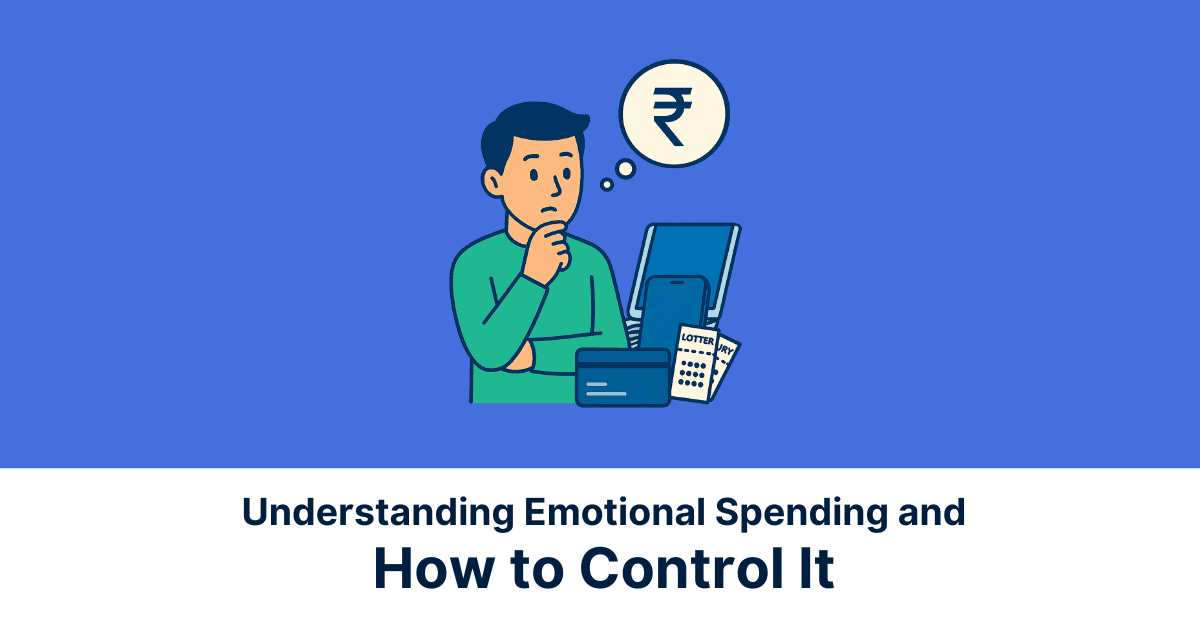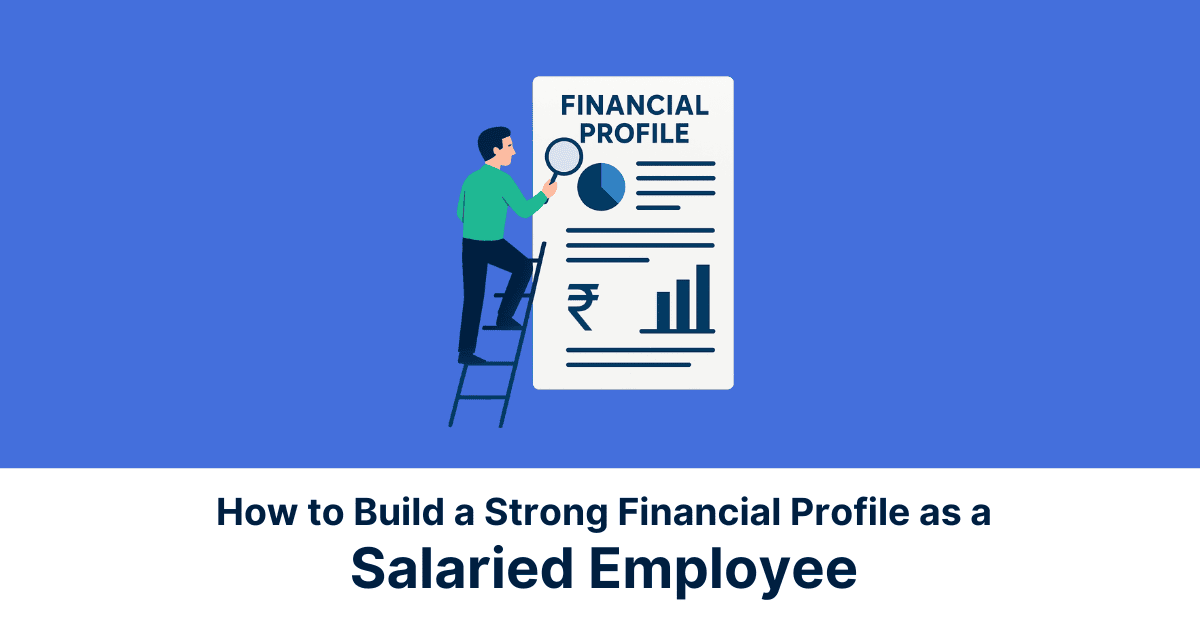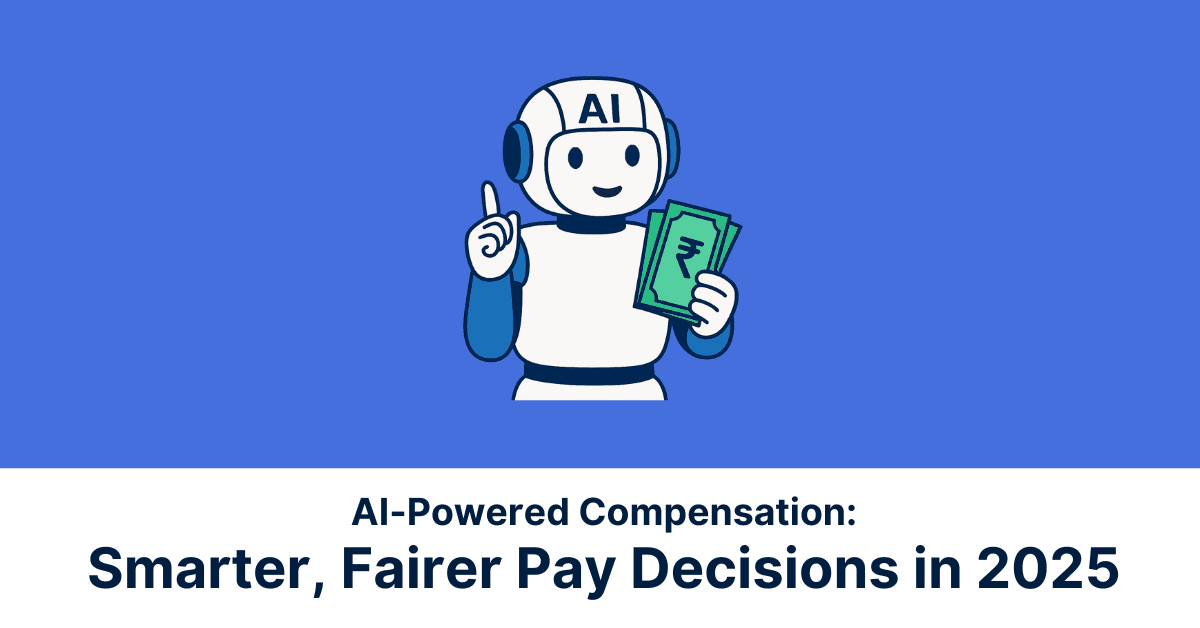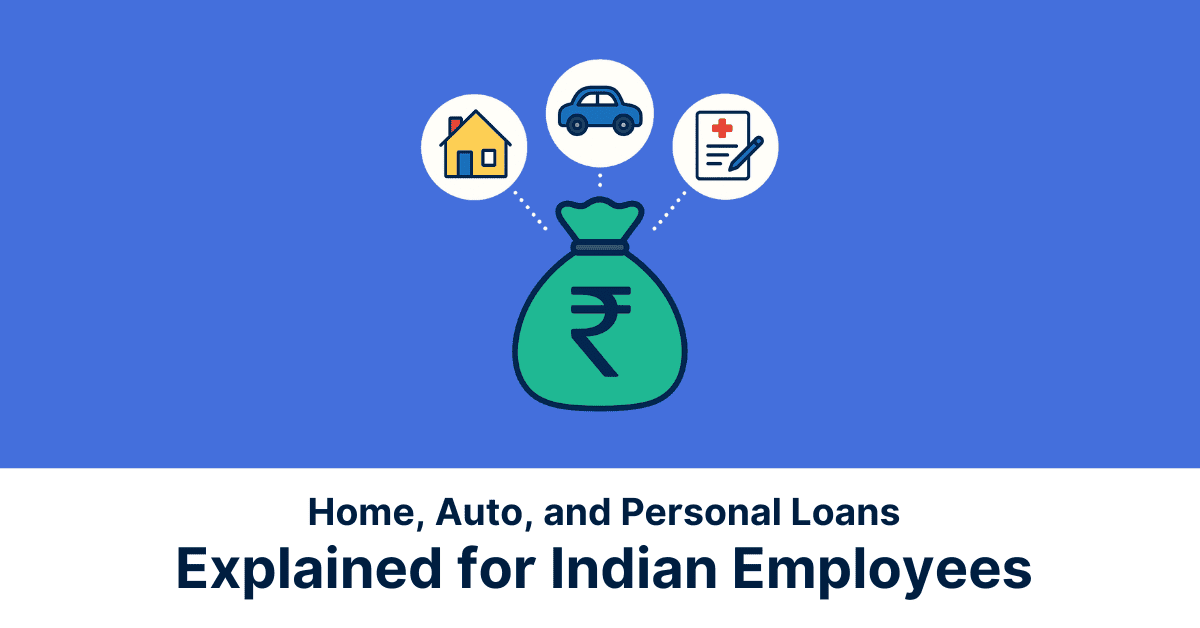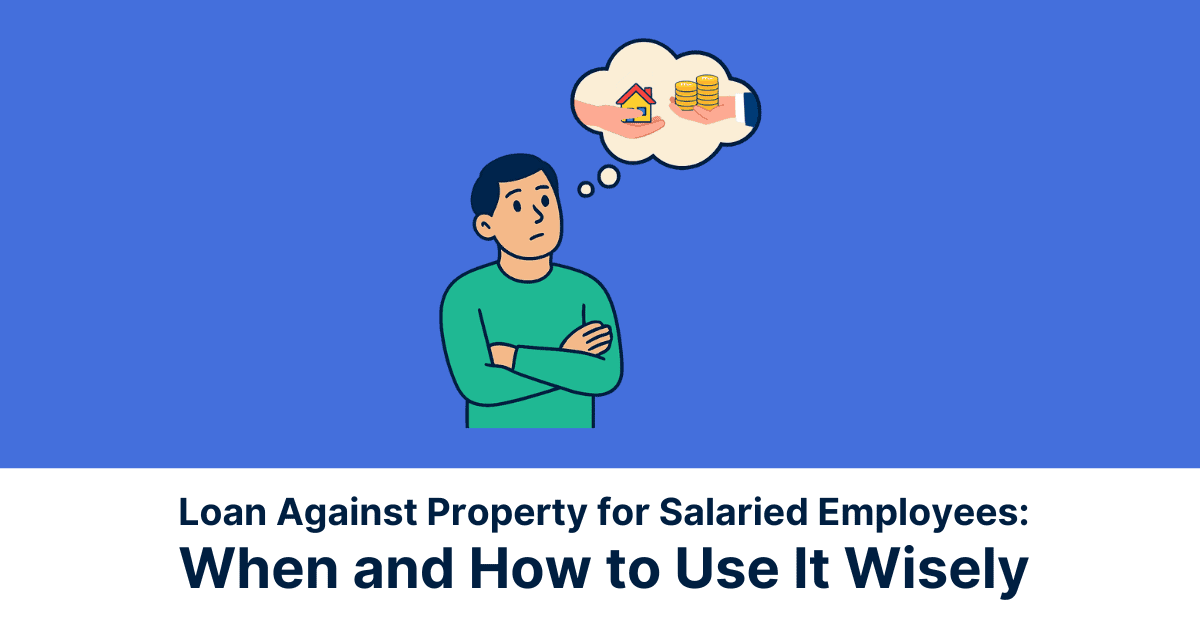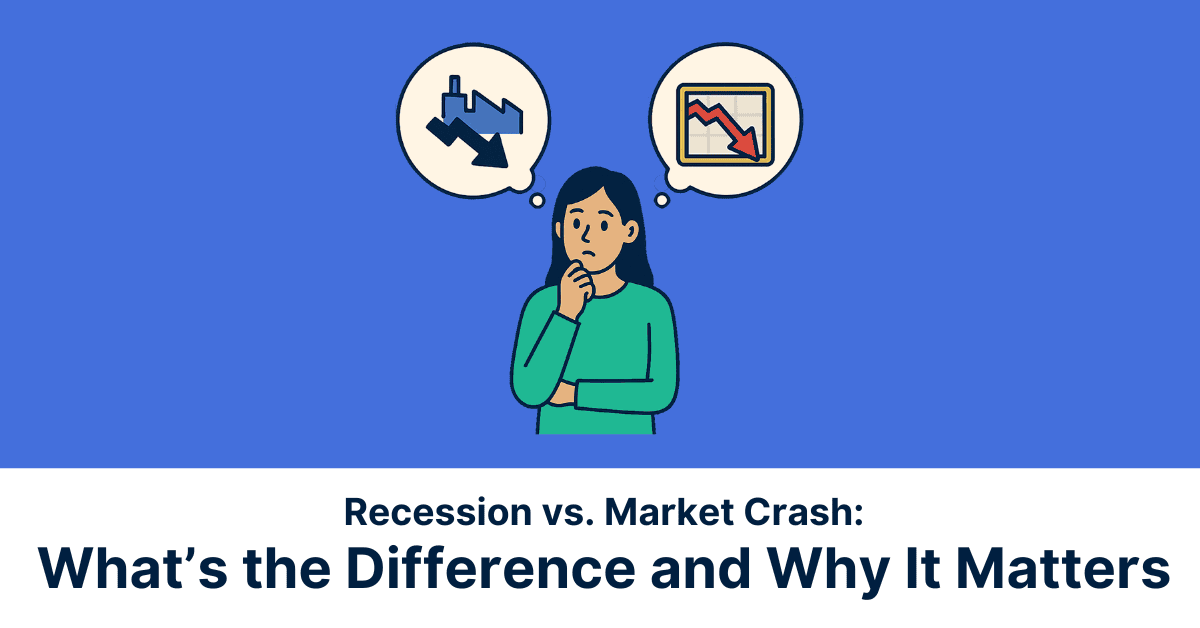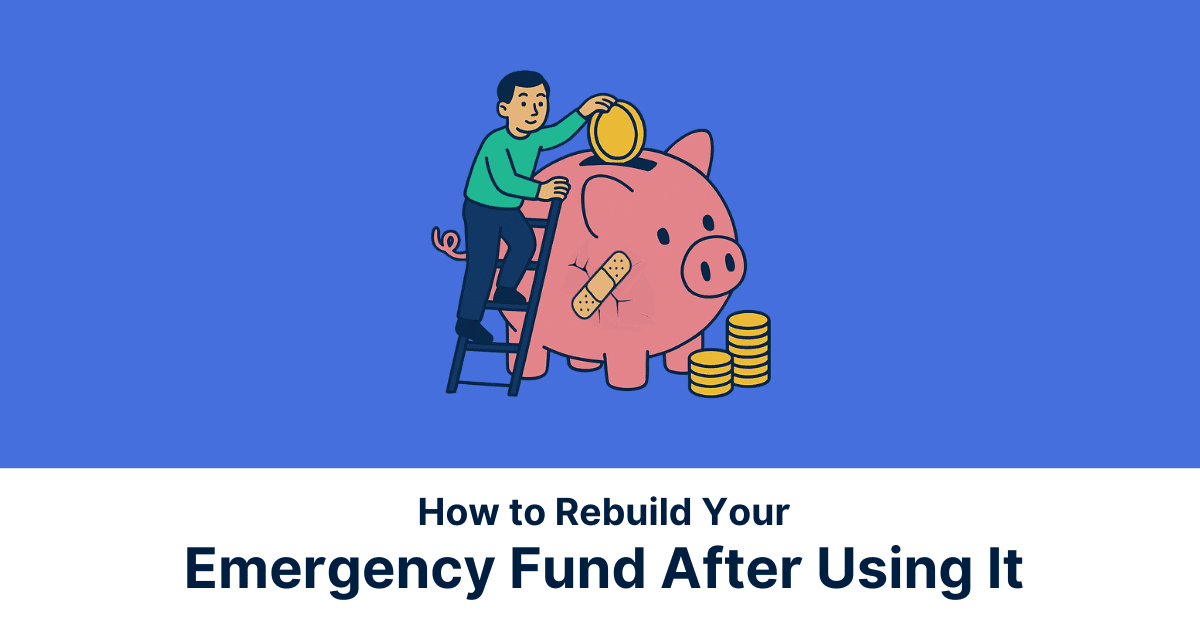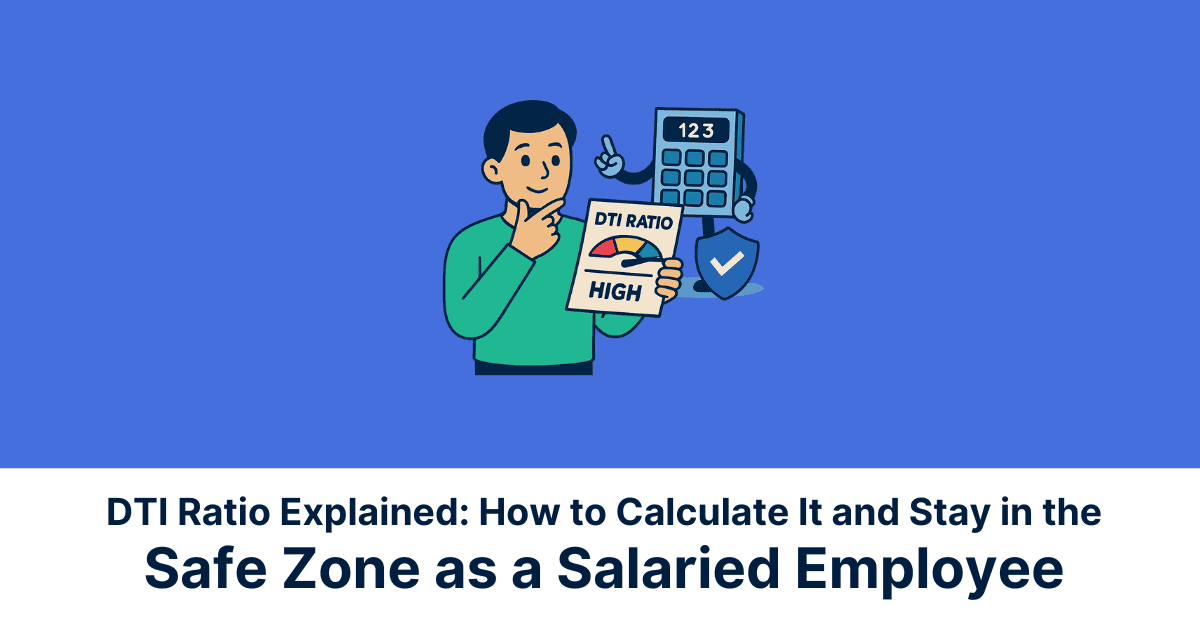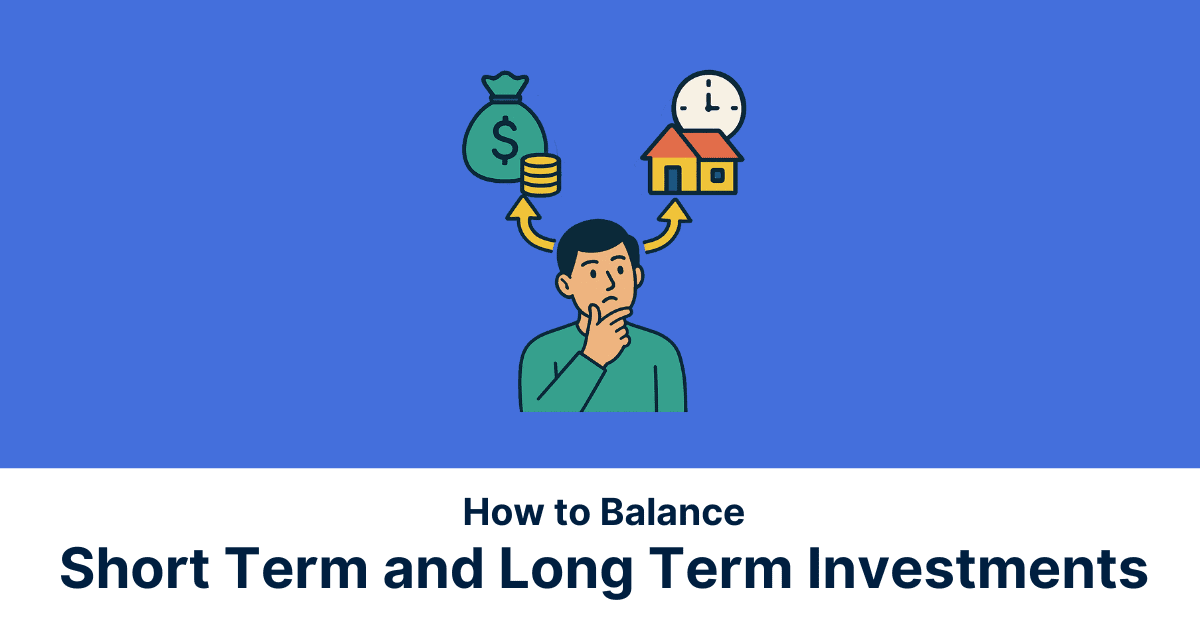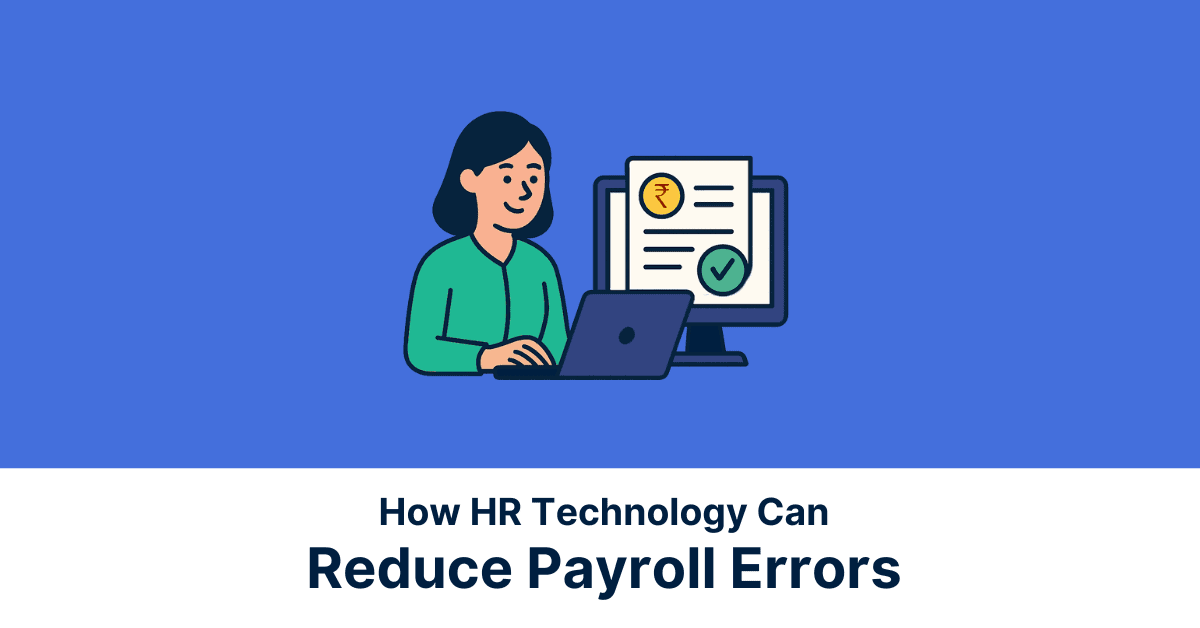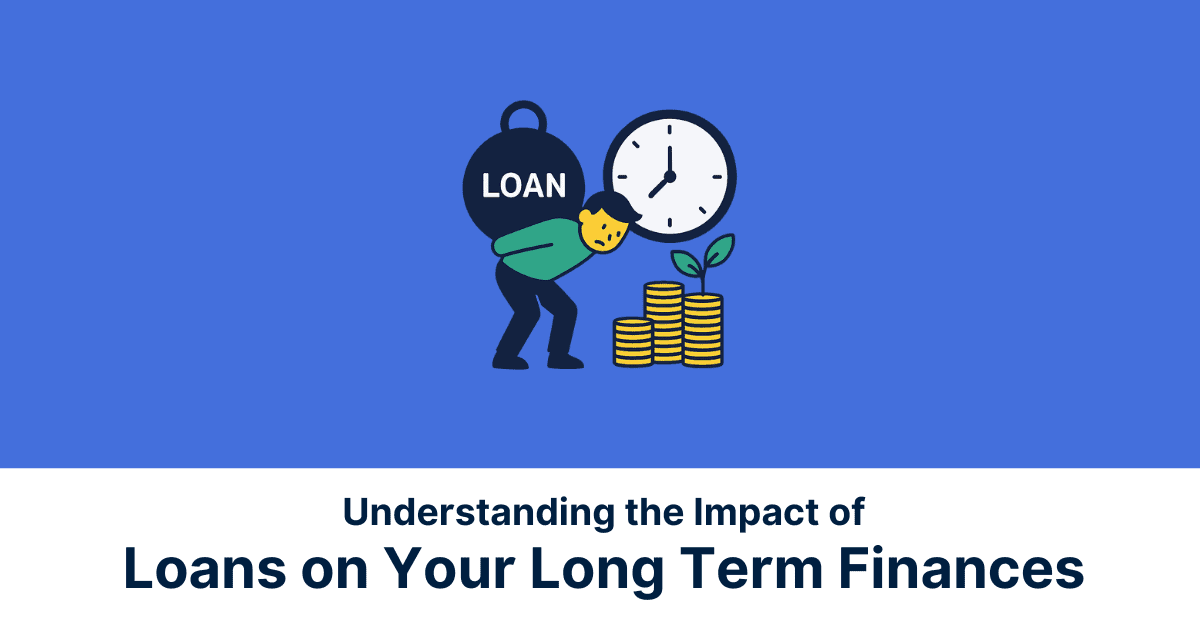Employee turnover and attrition both describe workforce exits, but they differ in causes and implications. Turnover typically results from resignations, firings, or replacements, while attrition reflects permanent workforce reduction without immediate replacement. Understanding attrition vs turnover helps employers optimise hiring, retention strategies, and long-term workforce planning for organisational stability.
What Is Employee Turnover?
Employee turnover is commonly misunderstood as simply the number of employees leaving an organisation within a given time. In reality, turnover refers specifically to the rate at which departing employees are replaced during a set period. This includes both voluntary and involuntary exits, provided the roles are filled again.
As per LinkedIn insights in 2022, the average turnover rate across industries globally stood at 10.6%.
Tracking turnover is essential for HR teams, as it highlights how frequently roles need to be replaced and can indicate deeper issues such as job dissatisfaction, lack of growth opportunities, or cultural misalignment within the workplace.
Types of Turnover
Turnover can be categorised into four main types:
Voluntary turnover
This occurs when employees choose to leave on their own, often for better opportunities, higher pay, or improved work-life balance.
Involuntary turnover
This happens when the employer initiates the exit, such as through layoffs, performance-based terminations, or restructuring.
Functional turnover
It refers to departures that benefit the organisation, like when underperforming employees leave, creating space for stronger talent.
Dysfunctional turnover
This is the most harmful, as it involves the loss of high-performing or critical employees whose absence negatively impacts productivity, morale, and business continuity.
These types of turnover help HR leaders identify patterns, manage risks, and implement strategies that reduce negative impacts.
What Is Employee Attrition?
Employee attrition refers to the gradual reduction of a company’s workforce when employees leave and their positions are not refilled. Unlike turnover, which involves replacing staff, attrition results in a permanent decrease in headcount. This can occur through retirements, resignations, or organisational restructuring, often reflecting long-term workforce adjustments.
Impact of High Attrition on Organisations
High attrition can disrupt workforce planning by creating constant gaps that demand urgent recruitment, increasing costs and straining HR resources. It also erodes organisational knowledge, as valuable expertise, experience, and client relationships walk out the door, leaving teams less efficient. Over time, sustained attrition undermines long-term strategic goals, making it difficult to build a stable, skilled workforce aligned with the company’s vision.
Attrition vs Turnover: Key Differences
Definition and Scope
Turnover is defined as the rate at which employees leave an organisation and are replaced within a given period. It is measured by tracking how many vacant positions are refilled.
Attrition, on the other hand, occurs when employees leave, through retirement, resignation, or natural reduction, and their roles remain unfilled. It reflects a gradual shrinking of the workforce rather than active replacement.
Causes and Triggers
Turnover is often triggered by voluntary resignations, firings, or layoffs, where replacements are hired to maintain staffing levels.
Attrition stems from retirements, resignations without backfilling, or strategic restructuring where positions are intentionally left vacant to reduce headcount over time.
Organisational Impact
Turnover increases recruitment and training costs but maintains headcount.
Attrition reduces costs temporarily but may strain productivity, slow growth, and affect long-term workforce planning if critical roles remain unfilled.
How to Calculate Turnover and Attrition Rates
Turnover rate formula (step-by-step)
You’ll want to calculate your average number of employees within a set period. So, the first step would be to pick a time frame and stick to it.
Step 1: Calculate the average number of employees
You’ll want to calculate your average number of employees within a set period. So, the first step would be to pick a time frame and stick to it.
Add the number of employees at the start of the period to the number at the end, then divide by two.
For example, let’s say you had 120 employees on January 1 and 110 employees on July 1.
120 + 110 = 230
230 ÷ 2 = 115
Your company employed an average of 115 people during this time.
Step 2: Find the number of replaced employees
Next, look at how many employees left during this period and were replaced. For instance, say 15 employees left and all of their positions were refilled.
Step 3: Calculate the turnover rate
Now, divide the number of replaced employees by your average number of employees, then multiply by 100.
Formula:
Turnover rate (%) = (Number of vacated positions that were refilled ÷ Average headcount during the period) × 100
15 ÷ 115 = 0.130
0.130 × 100 = 13%
That means your turnover rate in this example is 13%.
Attrition rate formula (step-by-step)
Step 1: Calculate the average number of employees
You’ll start the same way as with turnover. Pick a time frame and stick to it, then calculate the average number of employees.
Add the number of employees at the start of the period to the number at the end, then divide by two.
For example: Let’s say you had 120 employees on January 1 and 110 employees on July 1.
120 + 110 = 230
230 ÷ 2 = 115
Your company employed an average of 115 people during this period.
Step 2: Find the number of employees who left and were not replaced
Now, look at how many employees left during this time and whose roles were not refilled. For example, say 8 employees resigned or retired, and the company chose not to hire replacements.
Step 3: Calculate the attrition rate
Divide the number of unfilled departures by your average number of employees, then multiply by 100.
Attrition rate (%) = (Number of vacated positions that were NOT refilled ÷ Average headcount during the period) × 100
8 ÷ 115 = 0.069
0.069 × 100 = 6.9%
That means your attrition rate in this example is 6.9%.
How to Manage Turnover and Attrition
Employee Engagement and Recognition
Recognising employees through recognition programs, feedback, and team-building initiatives boosts morale and job satisfaction. When employees feel seen and appreciated, they become more committed to their roles. Celebrating achievements and creating an inclusive culture creates a sense of belonging. This approach reduces voluntary turnover and builds a motivated, high-performing workforce that drives long-term success.
Career Development and Succession Planning
When companies provide clear advancement pathways, skill-building opportunities, and mentorship programs, employees feel valued and see long-term potential within the organisation. Succession planning identifies high-potential talent and prepares them for leadership roles, creating internal mobility options that reduce the likelihood of seeking external opportunities. This proactive approach addresses employees’ growth aspirations while building a strong internal talent pipeline, significantly reducing turnover rates and associated recruitment costs.
Retention Programs and Policies
Competitive benefits, flexible work arrangements, wellness programs, and supportive HR policies contribute significantly to retention. Offering options like hybrid work, childcare support, or performance-based incentives shows commitment to employee well-being, building long-term trust and reducing both turnover and attrition.
Conclusion
While attrition and turnover both refer to employee departures, they are distinct matters with different implications for a company. Turnover refers to roles that are refilled, while attrition reflects workforce reduction without replacement. Monitoring both metrics helps organisations understand the true dynamics of their workforce.
High turnover raises hiring and training costs, while unchecked attrition can weaken long-term planning and organisational knowledge. When these trends are addressed promptly through engagement and retention strategies, employers can strengthen stability and build a healthier workplace.
By understanding attrition vs turnover, your business can take proactive steps to build a healthier, more resilient workplace. Explore our solutions at Jify to see how we can support your HR goals
*Disclaimer:
The information contained herein is not intended to be a source of advice concerning the material presented, and the information contained in this article does not constitute financial advice. The ideas presented in the article should not be used without first assessing your personal situation or without consulting a professional.
